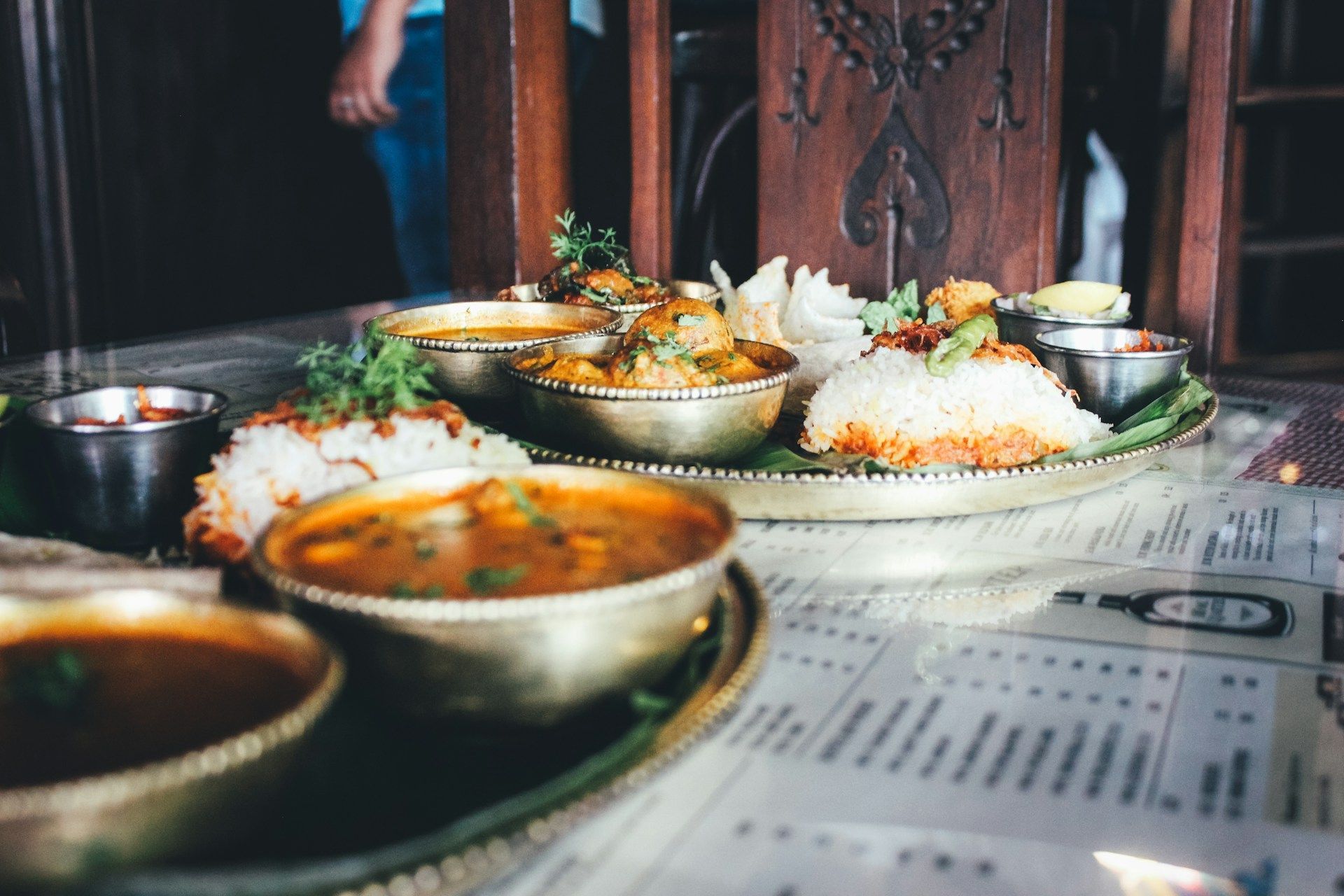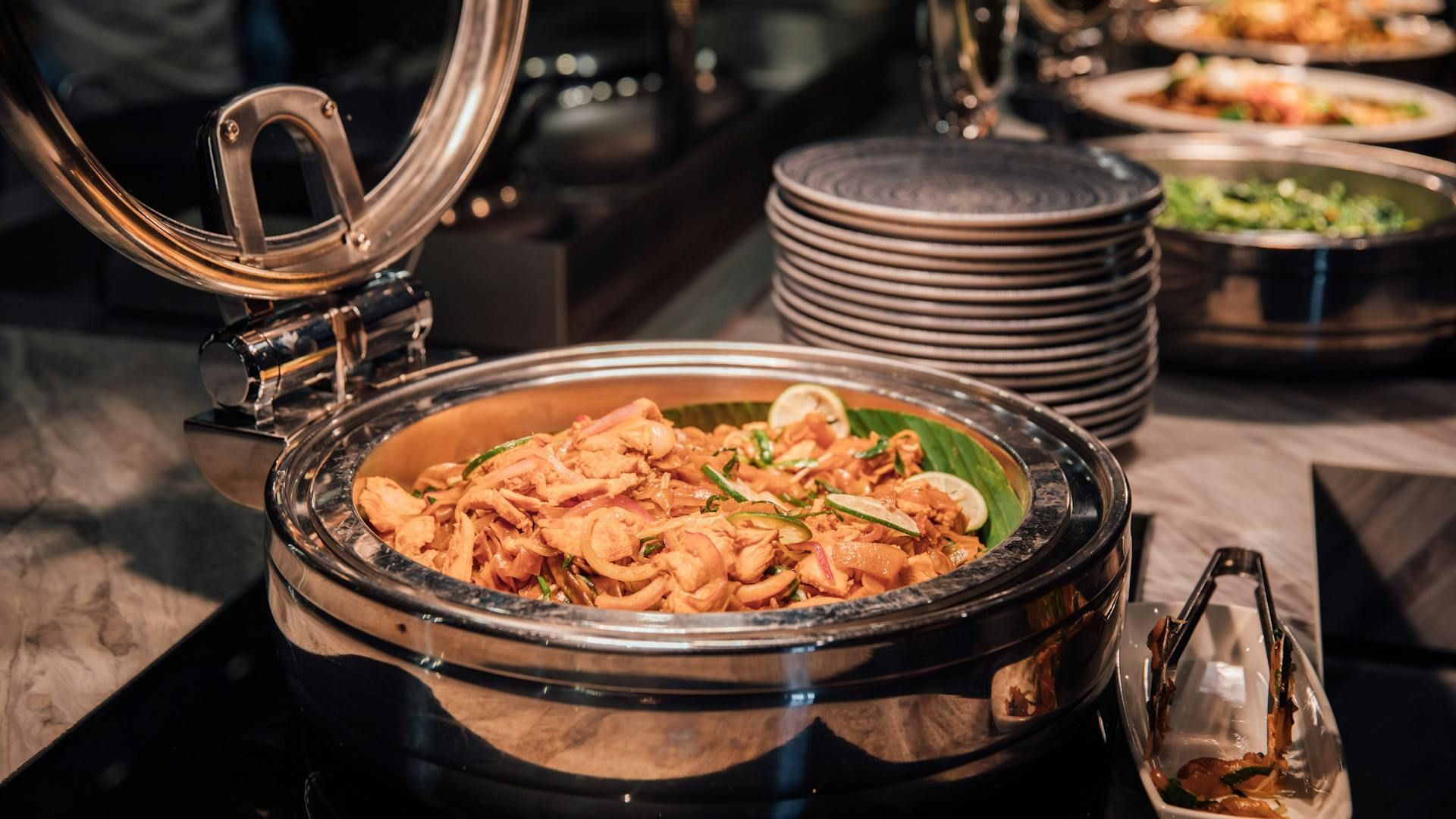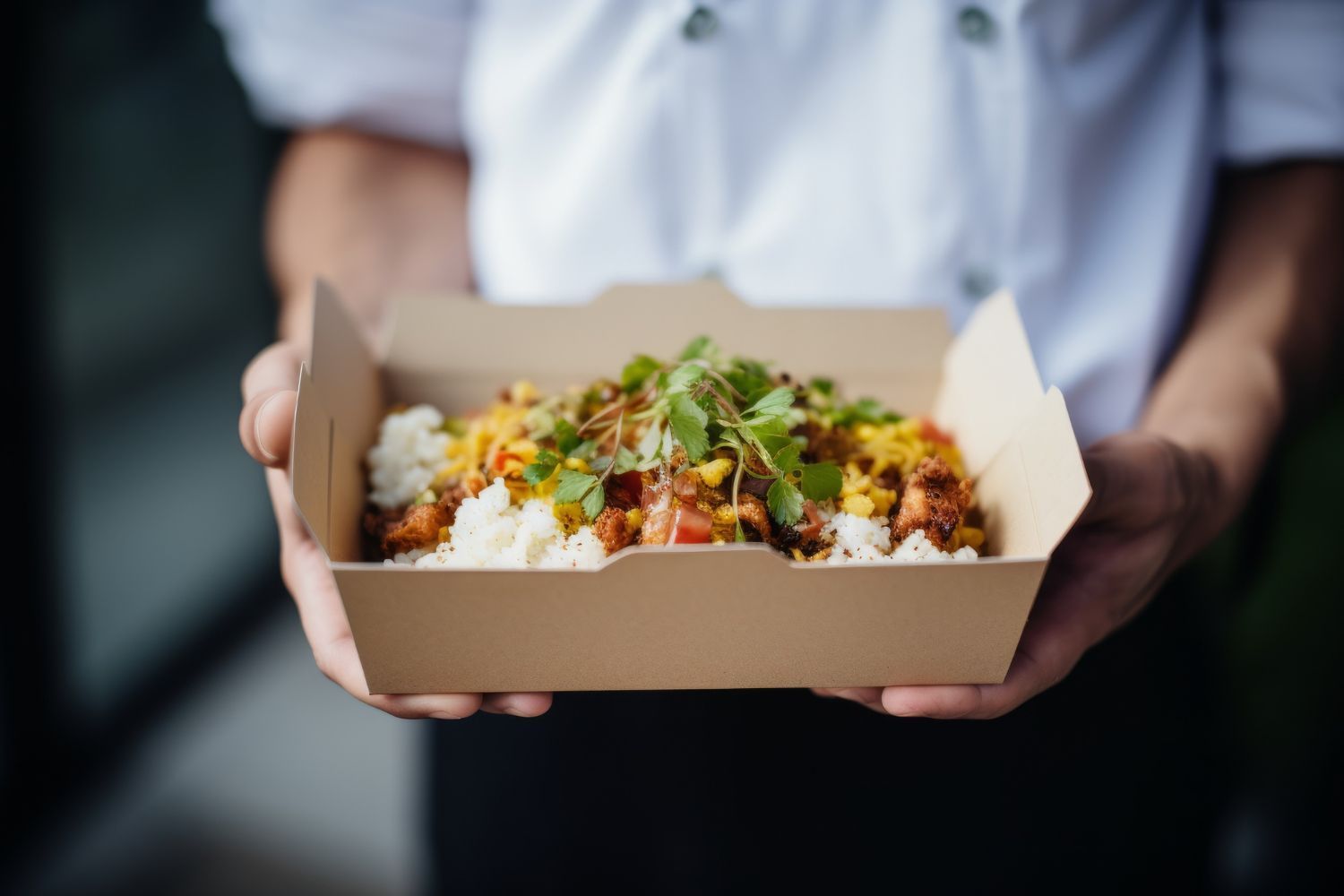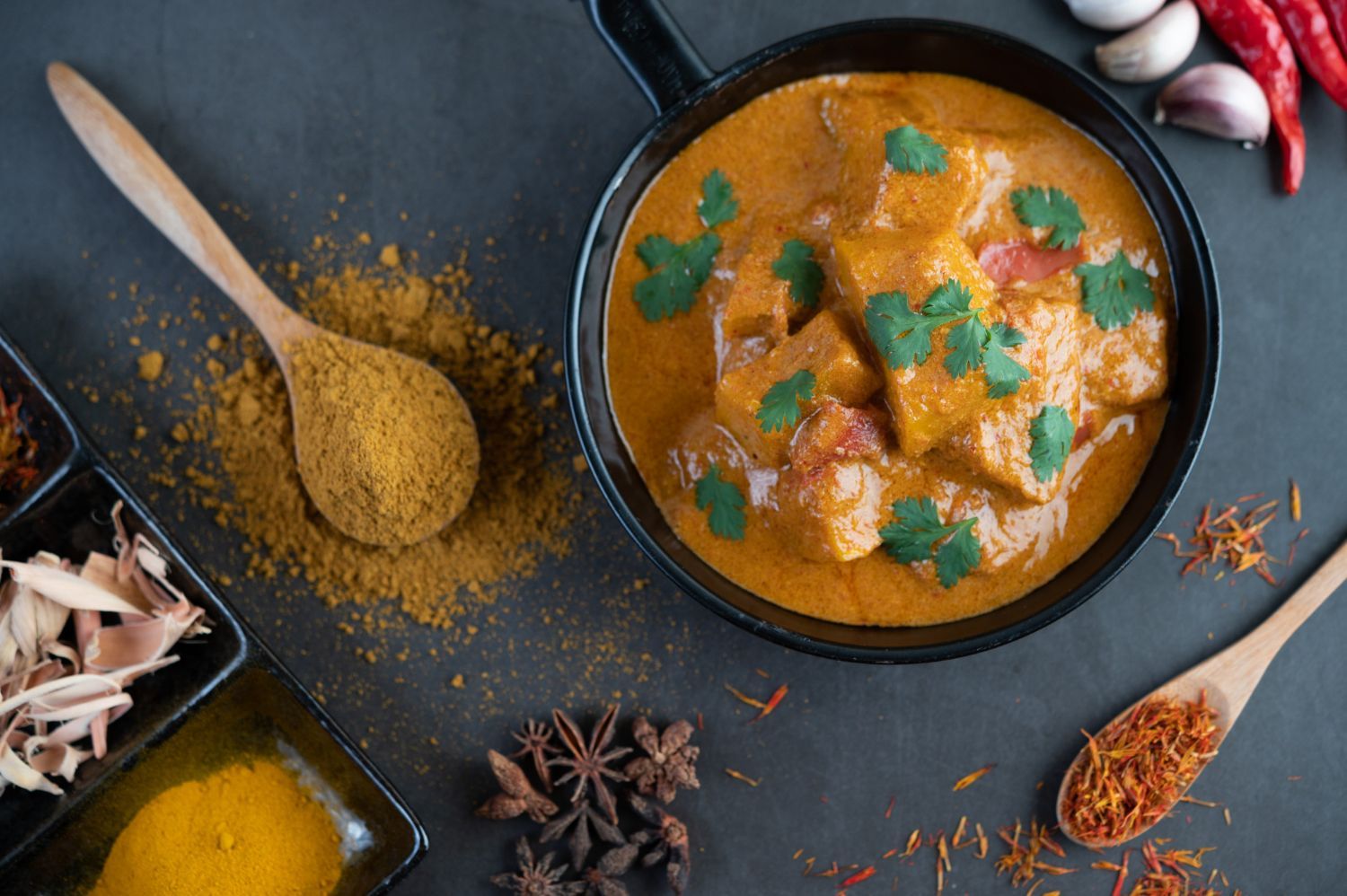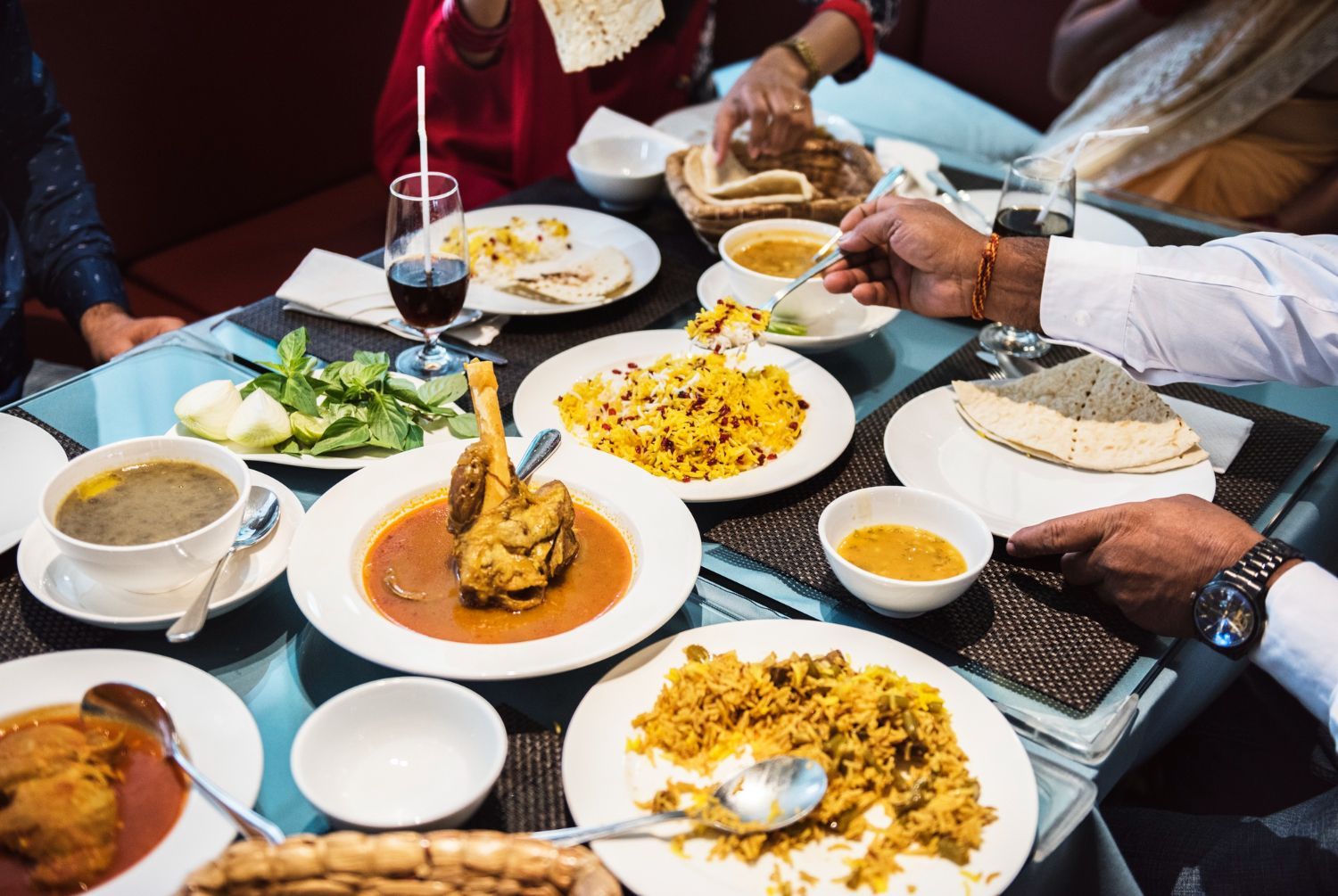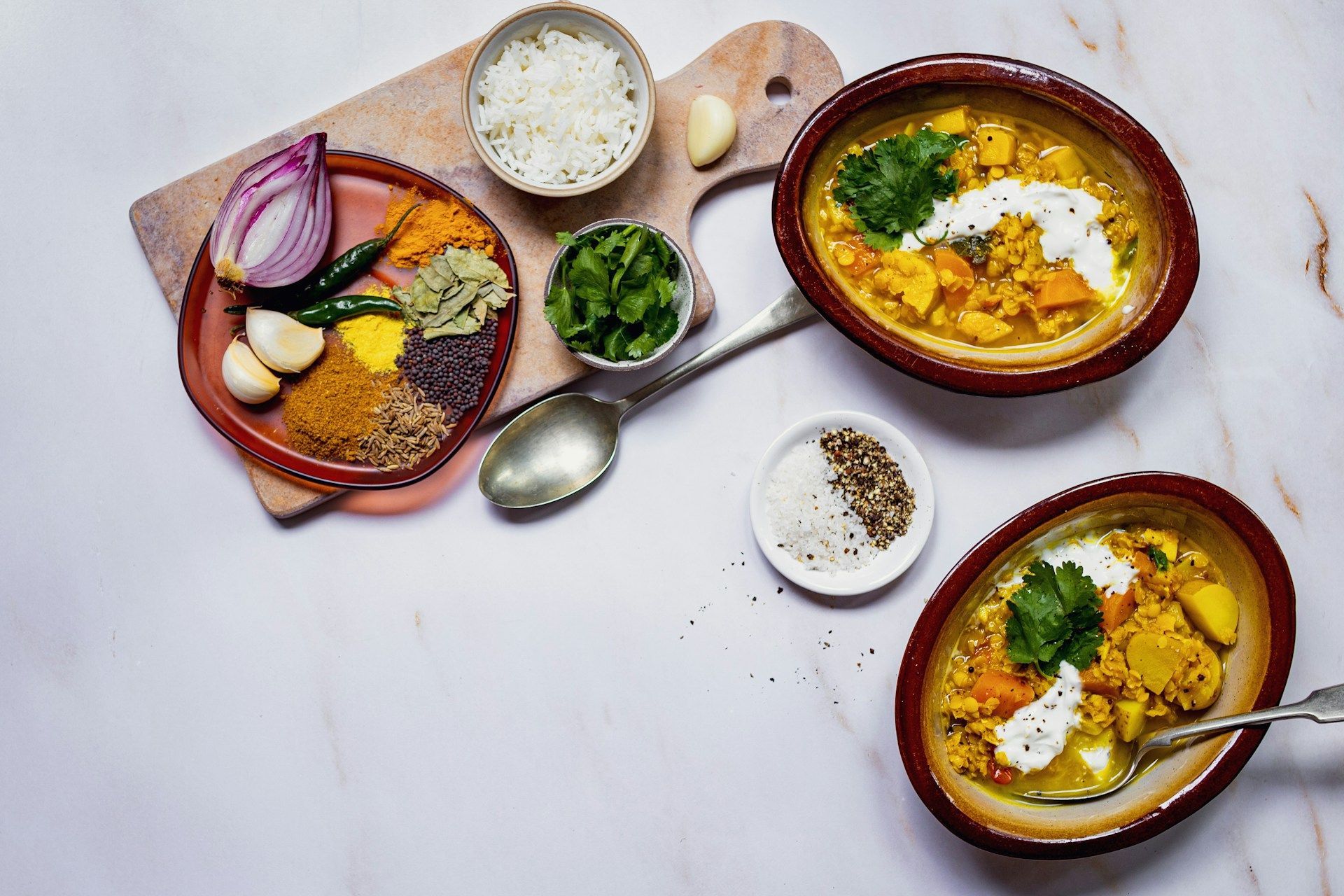Troubleshooting Common Curry Problems
This is a subtitle for your new post
Creating the perfect curry at home can be a true culinary delight. With its rich, aromatic flavours and satisfying warmth, curry is a dish loved by many. However, despite its popularity, making curry that's just right can sometimes be tricky. A few common hurdles can get in the way, leaving home cooks wondering where they went wrong.
From curries that are too watery to those that lack flavour, these problems can make what should be a delightful experience feel like a challenge. But fear not, because there are ways to troubleshoot these issues effectively. By understanding the root causes of each problem and applying some simple fixes, you'll be well on your way to perfecting your curry every time.
Problem: Too Watery Curry Base
A watery curry base is a frequent issue that can detract from the dish's overall appeal. This often happens when there isn't enough thickening agent or when the cooking process doesn't allow enough time for the liquid to reduce properly. Fortunately, there are several straightforward ways to manage this problem.
- Add a Thickening Agent:
Consider stirring in a spoonful of yoghurt, cream, or coconut milk. These ingredients naturally thicken the sauce while adding a luxurious texture and flavour.
- Simmer Longer: Allow the curry to simmer uncovered for a while longer. This lets excess moisture evaporate, concentrating the flavours while thickening the sauce naturally.
- Create a Paste: Use a paste made from ground nuts or seeds, like cashews or almonds. Simply blend them into a paste and mix it into your curry.
Understanding the importance of balance can help transform your watery curry into a perfect, savoury dish. With these tips, achieving the right consistency becomes a whole lot easier.
Problem: Lack of Depth in Flavour
A curry lacking in depth can be quite disappointing. Often, this results from not using enough spices, or perhaps not cooking them properly. Imagine having a painting with muted colours; it's missing that vibrant touch that makes it stand out. The same goes for a curry. To develop that rich taste, it's vital to know how to handle spices correctly.
- Use Fresh Spices: Always use fresh spices when possible. Spices lose their potency over time, and fresh ones can significantly uplift the flavour profile of your dish.
- Sauté Beyond Onions: Onions are crucial in building the base, but it’s the combination with ginger and garlic that gives depth. Make sure they are sautéed until golden to release their natural sweetness.
- Layer Flavours: Think about adding spices at different stages of cooking. Some, like cumin seeds, can be added at the start, while others, like garam masala, should be added at the end to preserve their aroma.
- Toast Your Spices: Consider dry toasting whole spices before grinding them to enhance their flavour.
With these simple tips, you'll find that your curry doesn't just taste better but feels more complete and satisfying.
Problem: Overpowering Spices
Sometimes, in the quest to enhance flavours, you might end up with a spice overload. Instead of enhancing the dish, too many spices can mask other flavours and make it uncomfortable to eat. It's much like having too many instruments playing in a band; you lose the melody in the noise.
- Balance and Taste:
Always taste as you cook. Adding spices gradually while tasting can help you find that sweet spot.
- Add Volume: If your curry is too spicy, adding more base ingredients can help dilute the intensity. A little cream or coconut milk can also mellow the heat.
- Use Potatoes or Carrots: These can work to absorb excess spice while cooking, making the dish more palatable.
Understanding and adjusting the balance of spices can transform your curry from overpowering to perfectly seasoned.
Problem: Meat Not Tender
Nobody enjoys tough meat in their curry. Several factors can lead to this issue, including the type of meat, how it’s prepared, and the cooking technique. Luckily, some methods can help you achieve that desirable tenderness.
- Choose the Right Cut: Opt for cuts of meat that suit slow cooking, as they tend to become more tender over time.
- Marination Magic: Marinating meat in yoghurt or lemon juice can break down proteins and make it softer before cooking.
- Cook Low and Slow: Gentle, slow cooking allows the meat to become tender and juicy, absorbing the curry’s rich flavours.
These tricks should help you create mouth-watering, tender meat in your curry, leaving everyone wanting more.
Bringing It All Together
Navigating these common curry problems can truly enhance your cooking experience. By making small adjustments and employing tried-and-true methods, you'll find that creating a delightful curry isn't as daunting as it seems. Confidence in the kitchen often comes from practice and trial, so don't shy away from experimenting.
Our journey through the subtleties of curry-making unveils a world where flavours and textures come together harmoniously. Whether you're preparing a meal for family or entertaining guests, armed with these tips, you'll be able to create curries that look and taste as good as any you'd find in London. Keep these tips handy, explore the possibilities, and savour the joy of cooking curry to perfection.
If you fancy trying out some new flavours or want inspiration for your next homemade dish, why not explore the diverse options at
curry restaurant in London, Tower Tandoori? You might discover some delightful bites on their menu that could spark your creativity in the kitchen. Enjoy the journey of cooking and savour those rich, authentic tastes.

